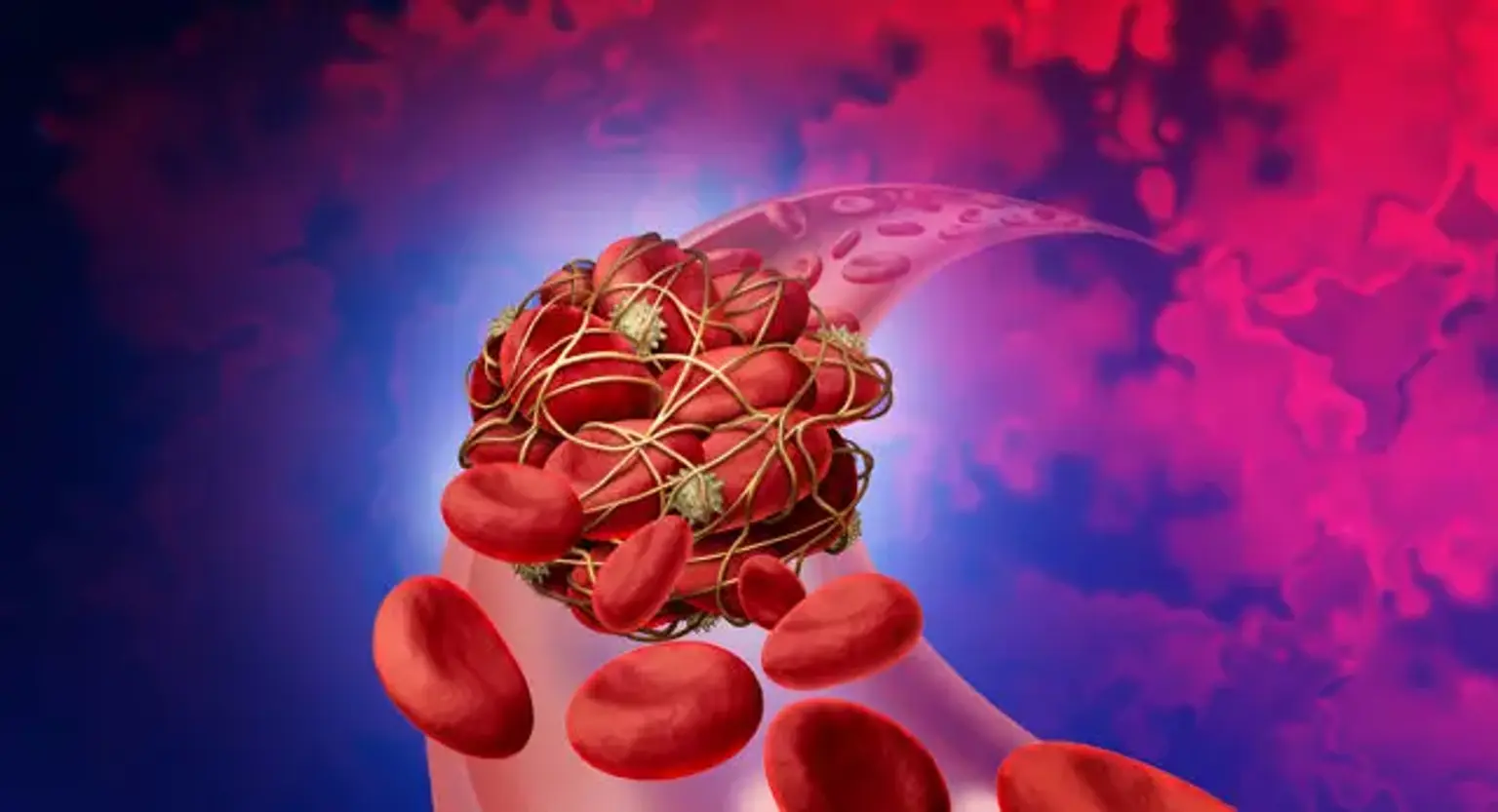Introduction
Blood clots are a crucial part of your body’s natural healing process, helping to stop bleeding when you have an injury. However, when clots form unnecessarily or fail to dissolve, they can pose significant health risks. These unwanted clots can block blood flow, leading to severe complications like deep vein thrombosis (DVT), pulmonary embolism, or even stroke.
Understanding blood clots—what causes them, how they form, and how to prevent or treat them—is vital for maintaining overall vascular health. This knowledge is especially important for people at higher risk, such as those with sedentary lifestyles, chronic health conditions, or genetic predispositions.
By shedding light on the mechanisms behind blood clots and the cutting-edge treatments available, particularly in advanced medical hubs like Korea, this article aims to empower you with the knowledge needed to stay proactive about your vascular health.
What Are Blood Clots?
Blood clots, medically known as thrombosis, occur when platelets and proteins in your blood coagulate to form a gel-like mass. This is your body’s way of preventing excessive bleeding when you sustain a cut or injury. In normal circumstances, clots dissolve after healing. However, complications arise when clots form inside blood vessels without an injury or fail to dissolve properly.
This inappropriate clotting can block blood flow, leading to serious issues such as a heart attack, stroke, or pulmonary embolism. It’s important to distinguish between normal clotting, which is essential for wound healing, and harmful clots that disrupt normal circulation.
Factors like platelet aggregation, slow blood flow, or an imbalance in clotting factors can trigger these unwanted clots. Often, they occur in the legs (deep vein thrombosis) but can also travel to critical organs like the lungs or brain.
